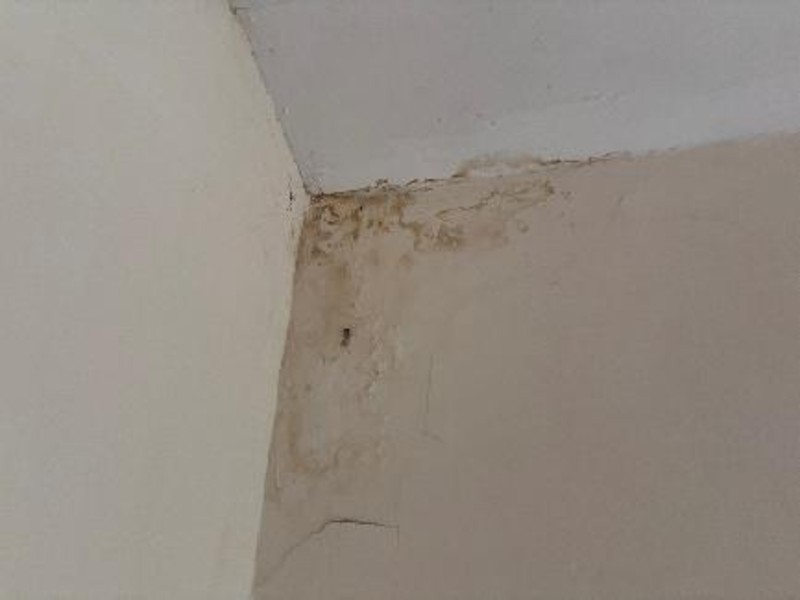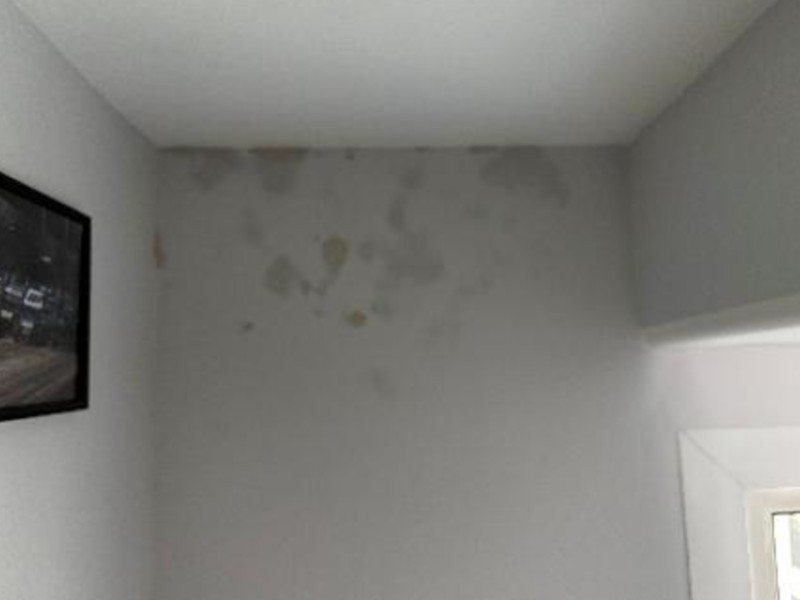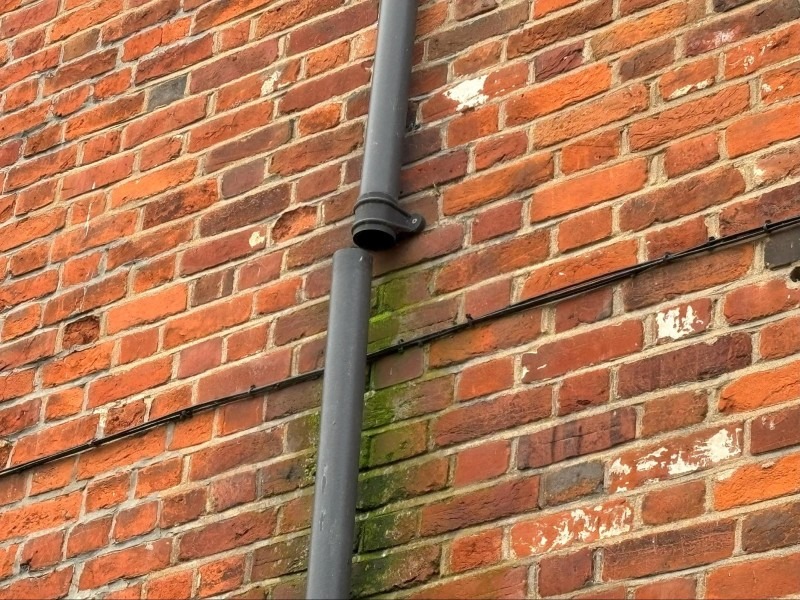Lateral Penetration
This blog post will explain what lateral moisture penetration is, how to identify its tell-tale signs, the potential consequences for your property, and how our expert damp proofing and timber preservation services can effectively diagnose and remedy this creeping threat.
Lateral moisture penetration occurs when water from an external source horizontally infiltrates the walls of a building above ground level. Unlike rising damp, which originates from the ground, lateral damp often stems from issues such as the following.

Blocked or inadequate drainage systems are another significant factor. Overflowing gutters, blocked downpipes, or ineffective surface water drainage can result in prolonged contact between water and the external walls, leading to damp issues over time. Finally, plumbing leaks, although often localised, can still cause problems. Persistent external leaks may saturate the surrounding ground, eventually resulting in lateral damp penetration. The porous nature of many building materials, such as brick, mortar, and concrete, allows this horizontal movement of moisture through the wall structure.

The presence of mould, often dark green or black, particularly in corners or areas where dampness persists, is a strong indication of a moisture problem. A persistent musty or damp odour within a room or building can also signal hidden moisture issues, even if no visible signs are present.
Ignoring lateral moisture penetration can have serious consequences for your property. Over time, persistent dampness can weaken brickwork, mortar, and timber elements, compromising the building’s structural integrity. Elevated moisture levels also create ideal conditions for fungal growth, which can result in dry rot or wet rot, often requiring extensive and costly repairs.
The impact is not limited to the building’s structure. Damp conditions encourage mould growth, which can release spores into the air and potentially trigger respiratory issues or allergies. Internal finishes such as plaster, paint, and wallpaper may become damaged, leading to expensive redecoration work. Additionally, damp walls lose heat more quickly, reducing your home’s energy efficiency and increasing heating costs. Overall, the presence of moisture and mould can make living conditions uncomfortable and unhealthy.
Following the survey, we provide a detailed report outlining our findings, including the likely causes of the moisture penetration and tailored recommendations for remedial action. Our solutions are designed to address the root of the problem effectively and may involve a combination of repair work, drainage improvements, and specialist treatments. These include repairing damaged brickwork or render, repointing mortar joints, sealing gaps around windows and doors, and enhancing surface water drainage. In some cases, we may suggest adjusting external ground levels to reduce water ingress.

If you suspect you have lateral moisture penetration affecting your property in Chelmsford, Essex, or the surrounding areas, don’t delay. Early intervention is key to preventing significant damage and protecting your investment. Contact Essex and Anglia Preservation today for a comprehensive damp survey and expert advice. Let us help you identify and eliminate the creeping threat of lateral moisture penetration.
